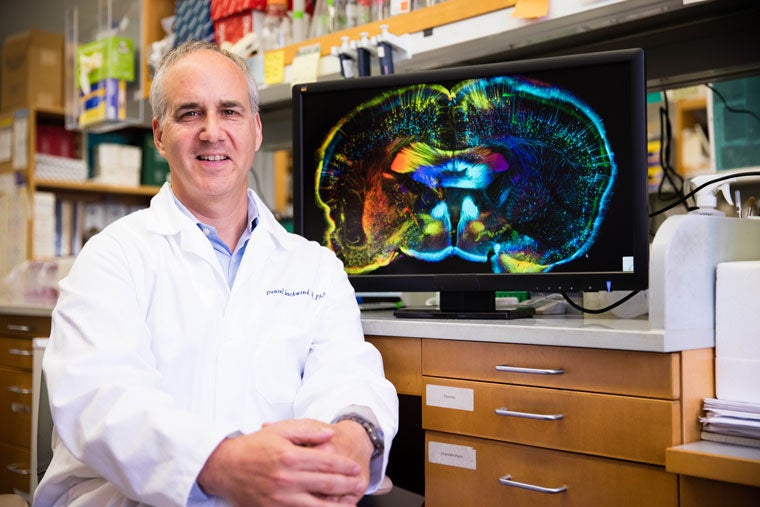New Genetic Insights: UCLA's Geschwind Lab Unravels the Complex Role of Inherited Variants in Autism Among Multiplex Families
Fall 2023
Author: Matilde Cirnigliaro

A new autism genetic study from the Geschwind Lab at UCLA, recently published on PNAS, describes the role played by rare and common inherited variants, transmitted from parents to their children, in families with two or more autistic children.
The authors hypothesized that in these “multiplex” families the genetic variants determining an autism diagnosis would be different from those identified in “simplex” families with only one autistic child. Most autism genetic studies to date have largely focused on simplex families in which the autism diagnosis represents a very rare event controlled by genetic variants called de novo that appear in an individual despite not being present in their parents. On the other end, in multiplex families autism diagnoses are more frequent and likely determined by rare and common inherited genetic variants, transmitted from parents to their children.
By analyzing the whole-genome sequences of individuals from more than 1,000 multiplex families from the Autism Genetic Resource Exchange (AGRE), the team validated this hypothesis and identified 7 genes that have not been linked to autism before and are impacted by a majority of rare inherited variants.
But why don’t the parents carrying the same rare variants as their autistic children receive an autism diagnosis? Autism is a complex genetic trait linked to hundreds of genes and a wide spectrum of genetic variants, of different effect (weak or strong) and frequency (rare or common), acting in combination at the individual level. Any individual may be a carrier of some of the genetic variants tied to autism, but they may receive an autism diagnosis only if their cumulative genetic load hits a threshold.
For parents and children in the study, the team calculated polygenic scores, reflecting their genetic predisposition for autism, based on the unique profile of common variants linked to autism that they carried. The authors found that the autistic children with rare inherited variants in autism genes, differently from the nonautistic carriers, have higher polygenic scores than expected based on those from their parents, showing how rare and common inherited variants act in combination in determining an autism diagnosis. This finding is consistent with the genetic load model described above and it may also explain why parents, who transmit rare variants to their autistic children but carry less common genetic load than them, typically do not have an autism diagnosis.
Finally, the team investigated the potential relationship between inherited variants and observable characteristics indicative of children’s development and behavior. The authors demonstrated that among the autistic children without rare variants in autism genes just those with delayed early language development have higher than expected autism polygenic scores, identifying a link between autism common variants and language development that, if observed again in future studies, could inform the current diagnostic criteria. Indeed, this result suggests that language is a core feature of autism, although in the latest version of the Diagnostic and Statistical Manual of Mental Disorders (DSM-5) language problems are considered a potential accompanying trait and not a clinical criterion. This finding illustrates how genetics could potentially help refine clinical classification and lead to earlier diagnosis and access to services.

